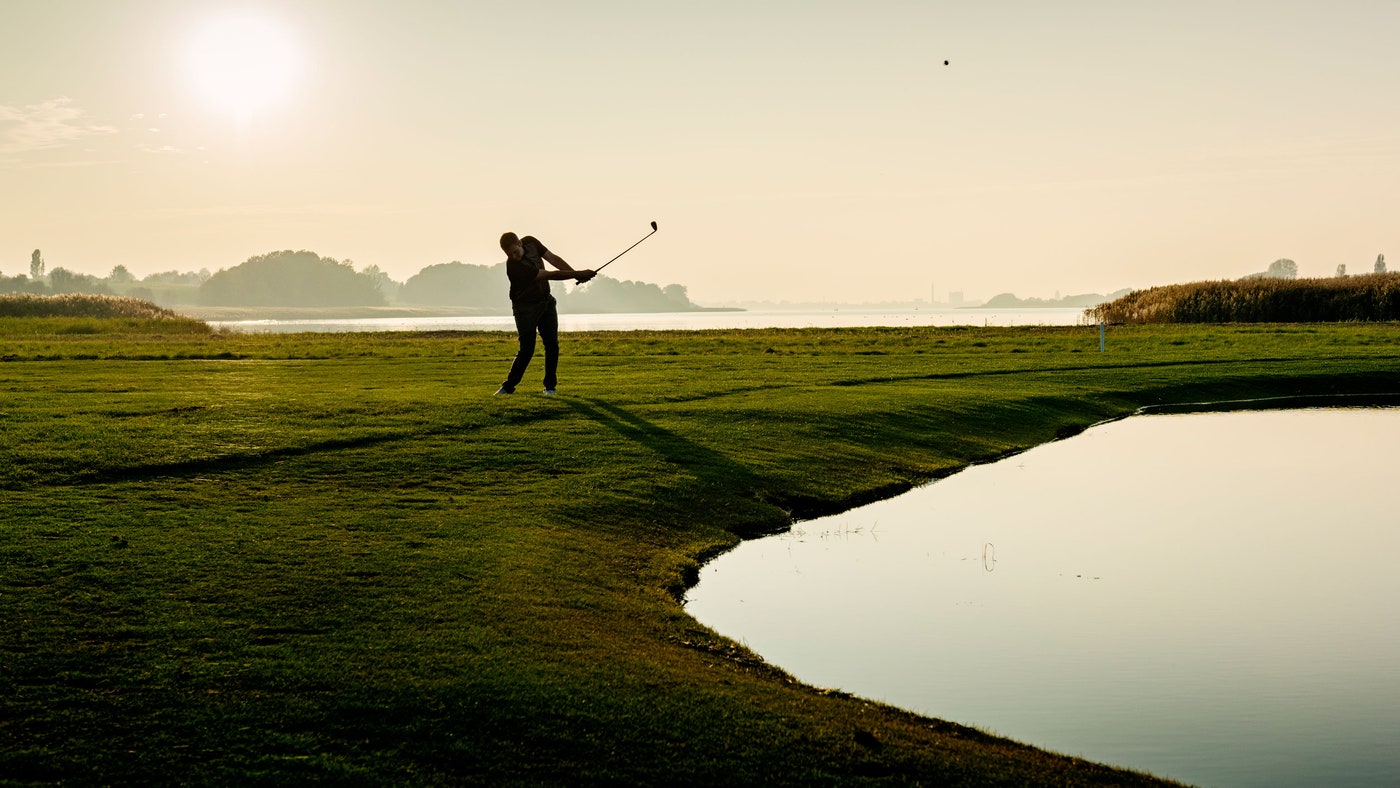By Shane Ryan
There is nothing as important as your safety and the safety of those around you, and as Mike Stachura pointed out in this helpful guide for playing golf during the COVID-19 crisis, we’re living in the midst of a changing situation. The time may come when the majority of courses close, and even playing alone is deemed unsafe and irresponsible. Nothing I’m about to write is intended to contradict the all-important guidelines designed to protect us, as much as possible, from a pandemic.
Forewarned, let’s forge ahead and talk about what might be one of the last outdoor athletic refuges. Sports like tennis might seem safe, until you consider that the ball could be a vector—ditto for frisbee and all other games where, in theory, you don’t have to touch another person. Physical isolation unfortunately doesn’t matter, because the ball or disc will carry the virus for you. But golf, played alone, is a truly solitary endeavour, provided you can set up and begin the round from an appropriate social distance.
And I’m here to tell you that golf played alone is a beautiful thing. There’s an obsession on the Internet with defining every person in the world as an introvert or an extrovert, and though personalities aren’t that simple, it’s probably true that I belong to a group you’d call “talkative introverts.” I don’t shy away from social obligations, but I also enjoy being alone, which might mean that I’m more suited to solo golf than your average extrovert. I like going to movies alone, attending baseball games alone and even eating out alone if there’s no chance I’ll run into someone I know. Not everybody shares this trait. I get that.
But an affection for alone time isn’t the reason I’ll stump for solo golf … or at least not the only reason. The big attraction, and the one that works for introverts and extroverts alike, is the chance for total commitment. The fact is that golf, played to the best of one’s ability, requires intense concentration of a kind that is hard to achieve in a group. Granted, the very best golfers in the world somehow manage the feat in front of thousands, but for average hacks like you and me, playing alone offers an opportunity to channel a kind of inner focus that’s much harder to find when playing with friends or strangers.
A solo round offers a rare opportunity. Regardless of the score, you can attempt something extraordinary: You can choose to summon your full concentration for every single shot. It sounds simple, but in truth I’ve found actually accomplishing this goal almost impossible. Distractions are inevitable, and we might even seek them out when full focus becomes uncomfortable—distraction and multi-tasking is the life most of us live from hour to hour. At the peak of my golf prowess a few years ago (I’m a late-comer to the game), I came closest to this near-Buddhist ideal during a solo round when I shot my career-low score of 85. Granted, that is still not a very good score, but to someone who hadn’t been playing for very long, and who wondered if breaking 90 was ever possible, it felt like shooting a 59.

David Madison
What I realized during that round is that concentration in golf is not about excelling under pressure, but about a consistency of behaviour. This makes it at least slightly different than any of the sports I grew up playing, all of which involved peaking at critical moments. I didn’t have total focus for every shot that round, and I made physical mistakes, but it was the closest I ever came to being in the physical and mental zone.
And I know I couldn’t have done it in a group. By yourself, you’ll never feel hurried by playing partners, you’ll probably never be hurried from behind, and you can choose to tolerate delays from larger groups in front of you. You can soak in nature, even if you’re not really paying attention to every leaf on every tree. You can work on your reactions, and your behaviour (just like the pros!). Most of all, you can attempt that ambitious feat of staying inside your mental parameters for 18 holes.
Played this way, solo golf is less a sport and more like meditation. I attempted meditation for the first time in 2019, expecting something inaccessible and spiritually goopy. In fact, the whole thing boils down to a simple principle: When your brain wanders off, your job is to bring it back to a simple thought or sound. The real revelation of meditation is just how frequently and bizarrely the brain wanders off when you’re really watching it, and the same is true of golf—you’ll be shocked, once you try, how hard it is to bring full concentration to each shot, to remain committed and undistracted even for that short time span.
There’s a big reward, though—in my experience, coming close to a perfect mental round transports you, and almost feels like you’re thinking in a new language. I’m not claiming it lasts very long, or that it will cure the stress in your life or bring you wealth and riches, but it can be an oasis of calm at a time in society that is tilting closer and closer to mental chaos every day. Nor will I tell you how that focus should be mustered—I’m not Bob Rotella, and everyone needs to find their own working process. Also, know ahead of time that you won’t escape negative emotions. In the course of a round, you may feel anger, frustration, fatigue, boredom, and even resignation. But the great thing about solo golf is that the time is yours, and while you may not be able to choose whether those emotions come, you can choose exactly how you respond to those emotions. Sometimes, it may even translate into results.
That’s the beauty of playing golf by yourself—it’s an athletic meditation unlike anything else you can find in sports, and the lack of other people gives you a chance to look inward and compete on a mental landscape. You don’t have to be an introvert to appreciate this, because even those of us who love being around people have to be alone with our brains sometimes. In golf as in thought, we can all use the practice.









